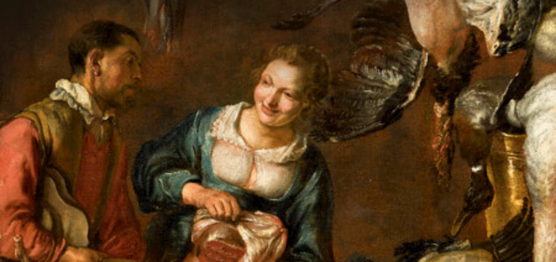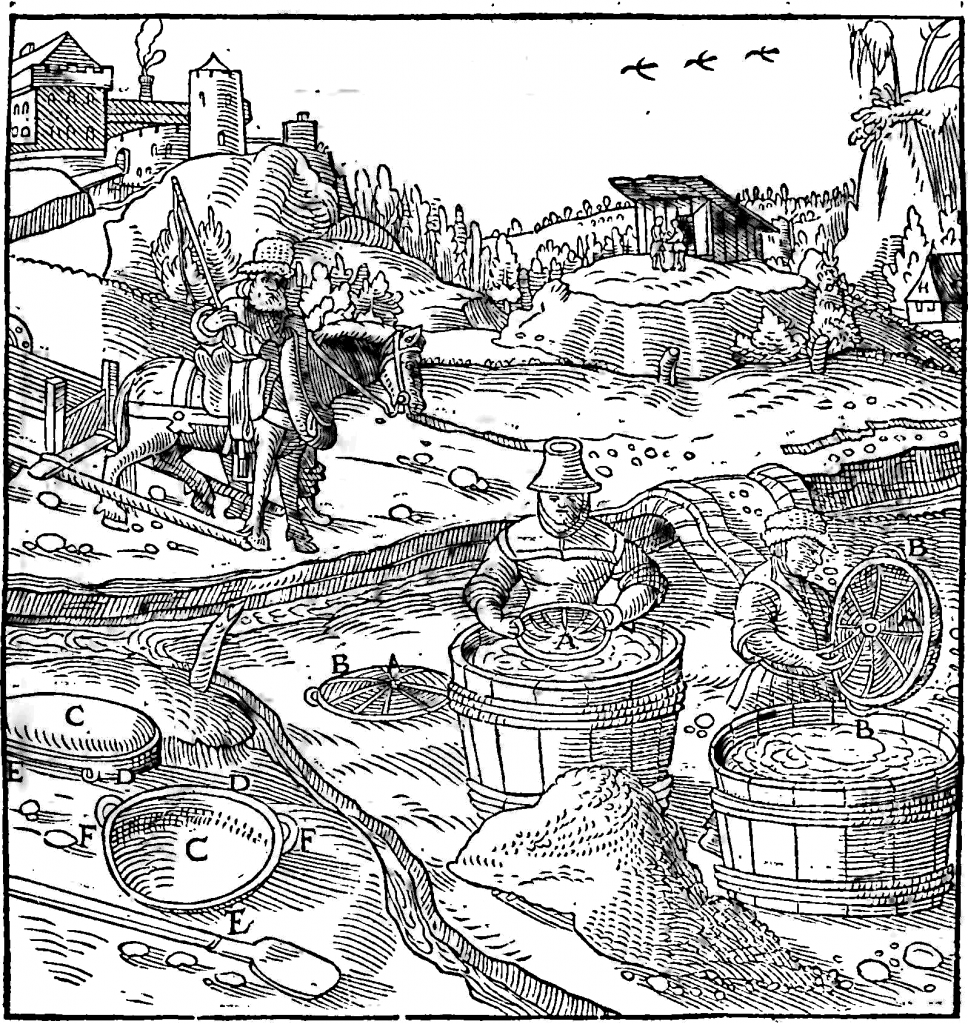
Writing a new edition is always challenging, as there is always exciting new scholarship to incorporate and completely new directions and sub-fields to include. And then deciding what to cut, so the book does not become an unwieldy doorstop…
The most important change I’ve made in the third edition of Early Modern Europe is to add much more environmental history. Chapters 6 and 12 have been retitled from ‘Economics and Technology’ to ‘Economics and the Environment,’ with climate, changing biodiversity, and other environmental matters in other chapters as well. Many environmental issues were already there in the first two editions, such as mining, deforestation, and the enclosure of common lands, but now these are tied more explicitly to environmental history. There is extensive discussion of natural climate cycles, especially the Little Ice Age, that period of colder and less stable climate that lasted the entire early modern period, leading to poor crop yields, famine, disease, and death. New topics include the impact of coal production and use on the land and on people’s lungs; the role of climate change in the political and social unrest of the seventeenth century; and what the environmental historian John Richards has called the “world hunt” for fish, sea mammals, and fur-bearing land animals, especially beaver. There are sections on cod-fishing and preserving, whaling, and sugar production, including the impact of these on social and gender structures in Europe and its colonies. Environmental history relies on sources from the natural world along with those produced by people, so I introduce readers to what these are and how scholars work with them.

Instructors who use the book have commented that today’s students are not very interested in economic history, so I’ve tried to make the economics parts of these chapters more lively, with more on consumer culture, food, and fashion, and on the origins of key aspects of today’s economy that many young people care about, such as income inequality. But students really do need to know some basic information about capitalism, banking, credit, mining, weapons production, and industrialization, as these have created the world we all live in. So these are still there. I hope that knowing something about the issues discussed in these Economics and Environment chapters might make students less likely to believe that trickle-down economics works, or that climate change is a hoax.
The other major change is that I’ve threaded global issues more fully through all chapters, along with updating the “Europe and the World” chapters (7 and 13) to reflect the last decade of scholarship. There is more on non-Europeans in Europe, including enslaved and mixed-race people, migrants, and travelers. The Maya chiefs who first took chocolate to Spain and showed the court how to whisk it into a frothy beverage are there, as is Rebecca Protten, the formerly enslaved Moravian missionary of African descent, who moved from the Caribbean to Germany. There is more on the local impact of global commerce and other topics that highlight Europe’s permeable borders. Responding to suggestions from readers, I now first discuss changing notions of difference, hierarchy, blood, and race in Chapter 1, then revisit these in 7 and 13, rather than leaving most of the discussion of racial hierarchies to Ch. 13. There is more on global religious and trade networks and on mestizo families and culture.
There are smaller updates in every chapter: the Black, Red, and Green (that is, Irish) Atlantic; Mediterranean slavery; the emotional turn; the history of the senses; the sexual imaginary; complexities in the sources and circulation of knowledge. My goal for this edition remains what it has always been with this book: I want students to see Europe in this era as a diverse place that stretched from Portugal to Poland and from Istanbul to Iceland, with a history that connects to that of the rest of the world and to their own lives. With record heat and wildfires in Europe and North America this summer, and record drought in so many places, the book’s expanded focus on climate and the environment should (sadly) make links to the present even easier.
The new edition of Merry Wiesner-Hank’s Early Modern Europe, 1450-1789 publishes 25 August 2022.
Latest Comments
Have your say!